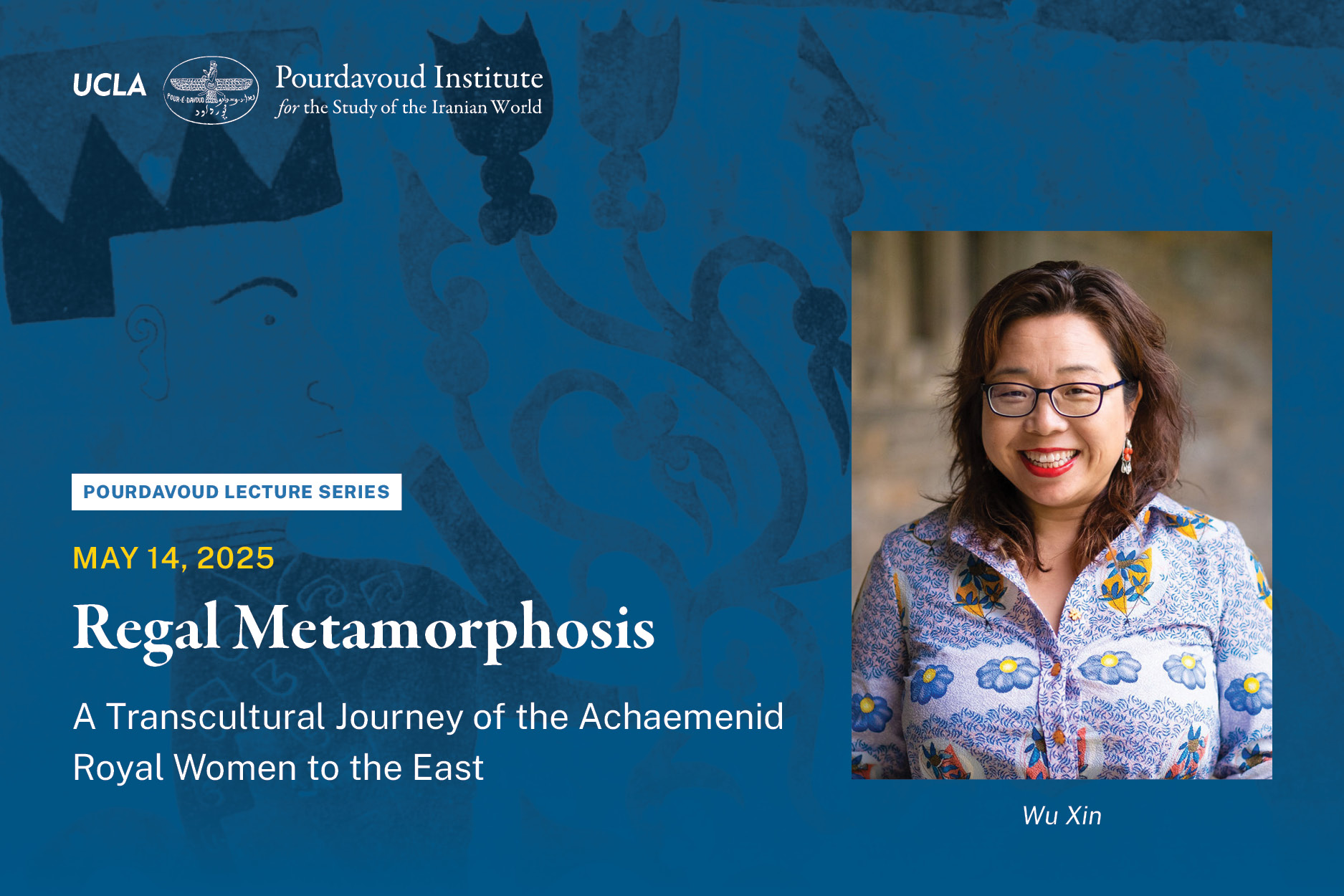
Pourdavoud Lecture Series: Wu Xin

Imperial Foundations of the Silk Road: Persian Roads and Han Walls

While the Silk Road is often celebrated as a pivotal example of early globalization, scholarship has primarily focused on the consequences of its connectivity, neglecting the crucial question of its formation and operational logistics. This lecture re-examines the origins and mechanisms of this trans-Eurasian network during the latter half of the first millennium BCE. It posits that the imperial ambitions of the Achaemenid Persian and Han Chinese dynasties were fundamental in establishing this communication network. Specifically, the Persian Royal Road facilitated movement from Central Asia to the Mediterranean, while the Han dynasty’s extensive wall systems provided security and strategic control from Chang’an to Samarkand. This analysis, drawn on archaeological discoveries from Central Asia and wester China, argues that the combined infrastructural investments of these geographically and temporally distinct empires laid the groundwork for the roads that ultimately interconnected the ancient Eurasian world.
About the Speaker
 Wu Xin received her undergraduate and master’s training at Beijing University, focusing on Chinese archaeology and Central Asian Buddhist Art. She earned her PhD at the University of Pennsylvania, specializing in the art and archaeology of the ancient Near East. Her dissertation, titled “Central Asia in the Context of the Achaemenid Persian Empire (6th to 4th Centuries B.C.),” reflects her interest in the interactions between Central Asia and the Achaemenid imperial power. With extensive experience in archaeological projects, Wu Xin directed the Kyzyltepa Project in Uzbekistan and is finalizing a monograph titled Persia and the East, which presents her renewed scholarship on the relationships between Central Asia, the Eurasian steppe, and the Achaemenid Empire. Previously a professor in the Department of History at Fudan University in Shanghai, Wu Xin currently serves as an Assistant Professor in the Department of Classical and Near Eastern Archaeology at Bryn Mawr College.
Wu Xin received her undergraduate and master’s training at Beijing University, focusing on Chinese archaeology and Central Asian Buddhist Art. She earned her PhD at the University of Pennsylvania, specializing in the art and archaeology of the ancient Near East. Her dissertation, titled “Central Asia in the Context of the Achaemenid Persian Empire (6th to 4th Centuries B.C.),” reflects her interest in the interactions between Central Asia and the Achaemenid imperial power. With extensive experience in archaeological projects, Wu Xin directed the Kyzyltepa Project in Uzbekistan and is finalizing a monograph titled Persia and the East, which presents her renewed scholarship on the relationships between Central Asia, the Eurasian steppe, and the Achaemenid Empire. Previously a professor in the Department of History at Fudan University in Shanghai, Wu Xin currently serves as an Assistant Professor in the Department of Classical and Near Eastern Archaeology at Bryn Mawr College.
Click here to register for this event.

